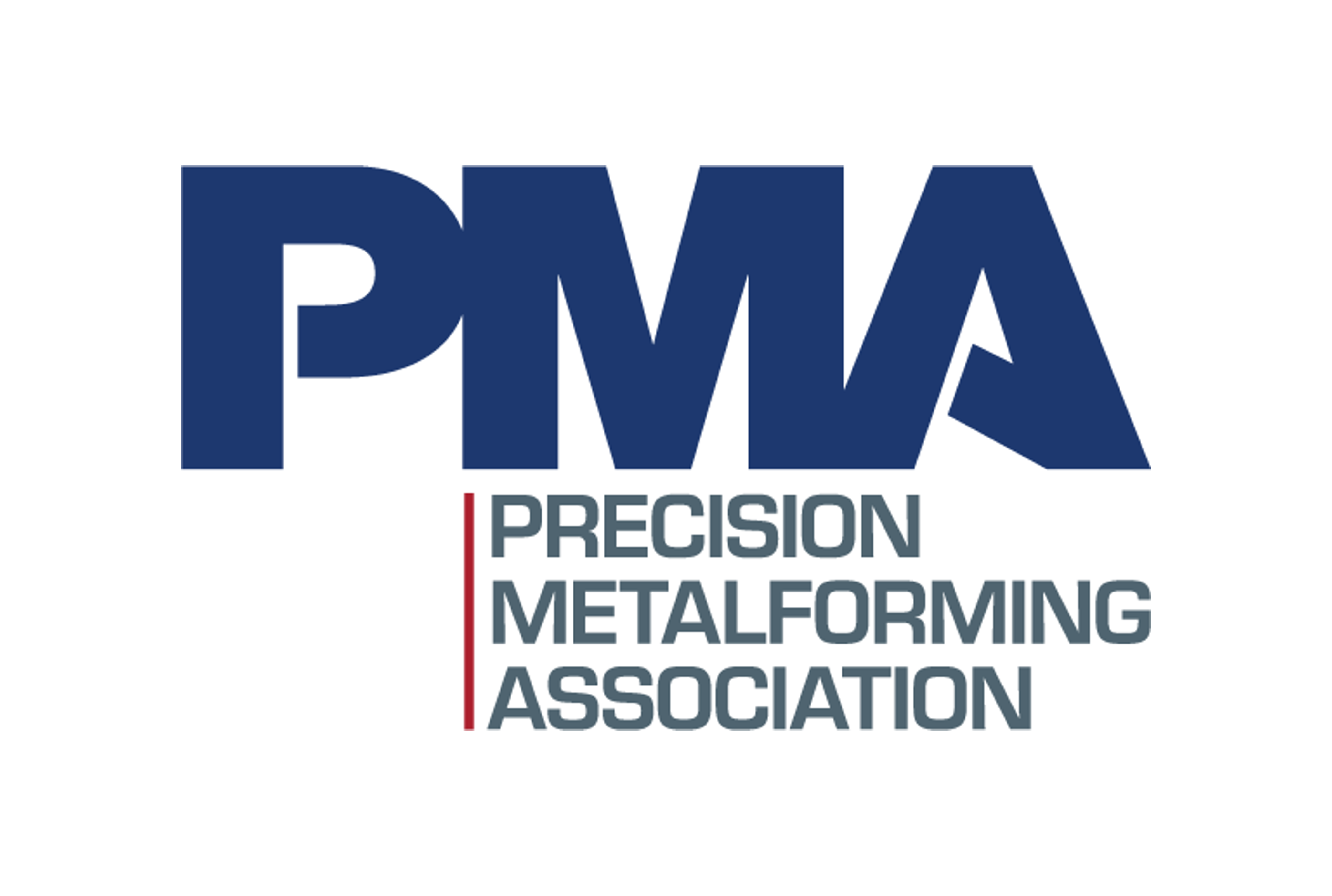Market Data
October 1, 2025
IIMA meeting: Decarbonization to drive demand for scrap, DRI
Written by Stephen Miller
The International Iron Metallics Association held their biannual meeting in Sao Paulo, Brazil, this week. Much of the first sessions centered on Brazilian iron ore production, and strategies to further the decarbonization of the inputs to the steelmaking process. There was also an in-depth market report on pig iron, ferrous scrap and HBI/DRI, as well as the overall world economic outlook.
In the afternoon session, Thais Terzian from CRU Group’s office in Santiago, Chile, presented on the “Impact of Decarbonization on the Americas Metallics Markets.” (CRU is the parent company of SMU.)
Terzian said the iron and steel industry is responsible for about 8% of CO2 emissions globally, which necessitates a reduction. The long-range objective is to achieve “net zero” carbon emissions. Different countries around the world have submitted their estimates of when they will achieve this goal following the Paris Convention Treaty. The EU and Canada have set 2050 to arrive at net zero. China and India have set 2060 and 2070, respectively. The US has no date on this since it withdrew from the Paris Agreement under mandates from the first Trump administration.
In the Americas, the ongoing conversion to EAF melting, especially in the US and Canada, is driving demand for prime grades of scrap and increased use of ore-based metallics (OBMs), namely pig iron and DRI. Terzian believes the long-term demand for DRI will grow by 4% per year, scrap by 3% per year, with pig iron staying relatively static due to constricted supply realities.
In Latin America, which includes Mexico, the situation is different. Although Mexico has has significant exposure to EAF production, in the rest of Latin America, EAT’s represent only one third of total production. In Brazil, blast furnace and BOF production is 80% of the country’s output. In order to reduce emissions, she said Brazil could start using more scrap, higher grade pellets or pellet briquettes in their blast furnaces, which would cut down on coke usage.
In terms of producing steel, emissions were highest by a wide margin for the BF-BOF method and the lowest was for the EAF-scrap method with no OBM’s. However, the EAF-scrap method is impractical for quality HRC production. So, the HRC production will continue to need a substantial amount of OBM’s.
According to Terzian, the North American market will grow steel production by 10 million tons over the next 10 years, dramatically increasing demand for OBMs and low-residual scrap. The supply of pig iron is limited for several reasons and the same goes for prime scrap.
Consequently, DRI production seems to be the best alternative. In North America, there is only 1 project that has been theorized and only one committed and that’s in Mexico. In South America, only three have been discussed. However, in the rest of the world there have been several projects announced and either underway or committed.
Terzian predicts decarbonization will transform the steel industry globally. The Americas will use more EAFs and demand more OBMs. Scrap exports from North America will decline as more EAFs come on stream. New DRI supply and trade flows will emerge from the Americas.







